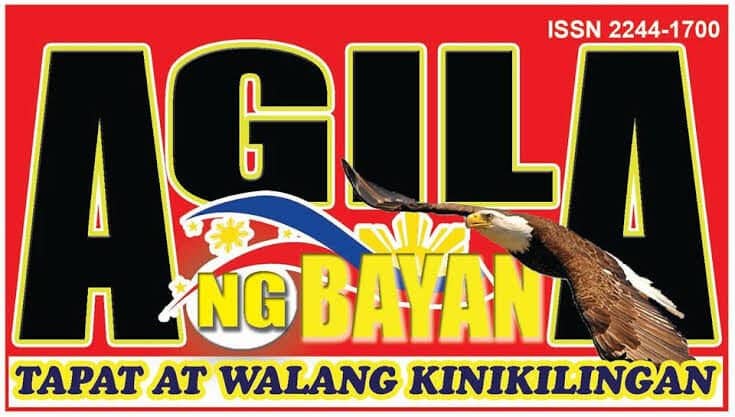
Inihayag ni Senador Cynthia A. Villar na ang dalawang rice program ng Department of Agriculture (DA) ay magpapalakas sa rice sufficiency ng bansa at magdadagdag sa kita ng mga magsasaka at iba pang stakeholder sa sektor ng agrikultura.
Ang dalawang programang itinutukoy ni Villar, chairperson ng Senate committee on agriculture and food, ay ang National Rice Program at Rice Competitiveness Enhancement Fund (RCEF).
“The National Rice Program is one of the banner programs of the DA, which focused on rice farming under the Office of the Secretary. It has been there since 1986 under six Presidents,” pahayag ni Villar.
Sabi ni Villar, ang dalawang program ay inuri ng DA bilang subsidiya para mapabilis ang pag-adopt sa modern rice technology para sa dagdag na ani at kita, gayundin sa disaster risk reduction.
Para sa 2021, sinabi ni Villar na ang National Rice Program ay may pondong P15.5 bilyon na gagastusin para sa mga sumusunod: Hybrid Seeds (P6.2 B), Inbred Seeds (P375 M), Fertilizer (P4.4 B), Others (P858.7 M), Training (P998.2 M) R & D (P658.7 M), Equipment (P1 B) at Irrigation (P745.9 M) o kabuuhang P15.5 bilyon.
“However, this computation of allocation for rice through the years should have included the budgets for the irrigation through the NIA averaging P31 B a year and that of NFA which is subsidized yearly by P7B for the Buffer Stocking Program in times of calamites, fortuitous events, or shortfall in production,” ani Villar.
Binigyang-diin pa ng senadora na sitwasyon ng kahirapan sa mga rural area ay hindi nagbago nitong nakalimpas na 34 taon.
“The reduction was quite modest in comparison with that of other ASEAN countries. Thus, the strategic goal of the rice sector development program should be to increase total farm productivity and income rather than rice production alone in order to optimize total farm income,’ dagdag pa ni Villar.
Sa ilalim naman ng RCEF, ayon kay Villar, tinanggal ng gobyerno ang quota system sa rice importation at pinalitan ng taripa sa pamamagitan ng pagpasa ng RA 11203 starting noong Marso 5, 2019 at magtatapos hanggang 2024.
Saad pa nito, ang taripa ay 35 porsiyento kung ang inangkat na bigas ay mula sa ASEAN at 180 porsiyento na lagpas sa minimum access volume (MAV) at mula sa non-ASEAN country.
Ginagarantiya din ng batas na ito ang P10 bilyong pondo para sa programa simula 2019 kahit na meron o walang koleksiyon at hiwalay pa ito sa pondo para sa National Rice Program.
Ang halagang ito ay ilaan para matulungan ang mga rice farmer na naapektuhan ng inaasahang pagtaas na pagdagsag ng murang rice import sa at maging competitive ang rice production sa bansa.
Ang RCEF para sa 2021 naman ay may pondong P10 bilyon ay gagamitin sa mga sumusunod: P5 bilyon parasa mechanization ng PhilMech, P3 bilyon para saqulaity inbred seeds, P1 bilyon sa credit facility para sa mga rice farmer at kanilang mga kooperatiba, at P1 bilyon para sa extension support.
Sabi ni Vilar, ang RCEF kada taon hanggang 2024 ay nakatuon sa 55 rice producing provinces sa buong bansa na binubo na 957 munisipalidad.
Noong 2020, nakapagkolekta ang Bureau of Custom ng taripa na umabot sa P3 bilyon mula sa buwis na nakolekta mula Enero hanggang Setyembre 2020 na sobra sa threshold na itinakda ng Rice Tarification law na P10 bilyon.
Nakasaad din sa batas na ang sobrang koleksiyon ay maaring ilaan sa ibang programa sa bigas, tulad ng financial assistance sa mga maliliit na rice farmers sa unang anim na taon nang pagpapatupad nito. “The problem of rice farmers should not be blamed entirely on the RCEF. It has been just over a year for it to create such a huge impact, because the law was passed in February 2019 while the National Rice Program has been there since 1986,” ayon pa kay Villar.









More Stories
INA NA IBINENTA ANG KANYANG SANGGOL NA ANAK SA FACEBOOK ARESTADO
LBP Tingzon Cup… TUNGGALIAN NG MGA MABABANGIS AT MANDARAGIT!
P13-M ‘SHABU’ NASAMSAM SA MAG-LIVE IN PARTNER